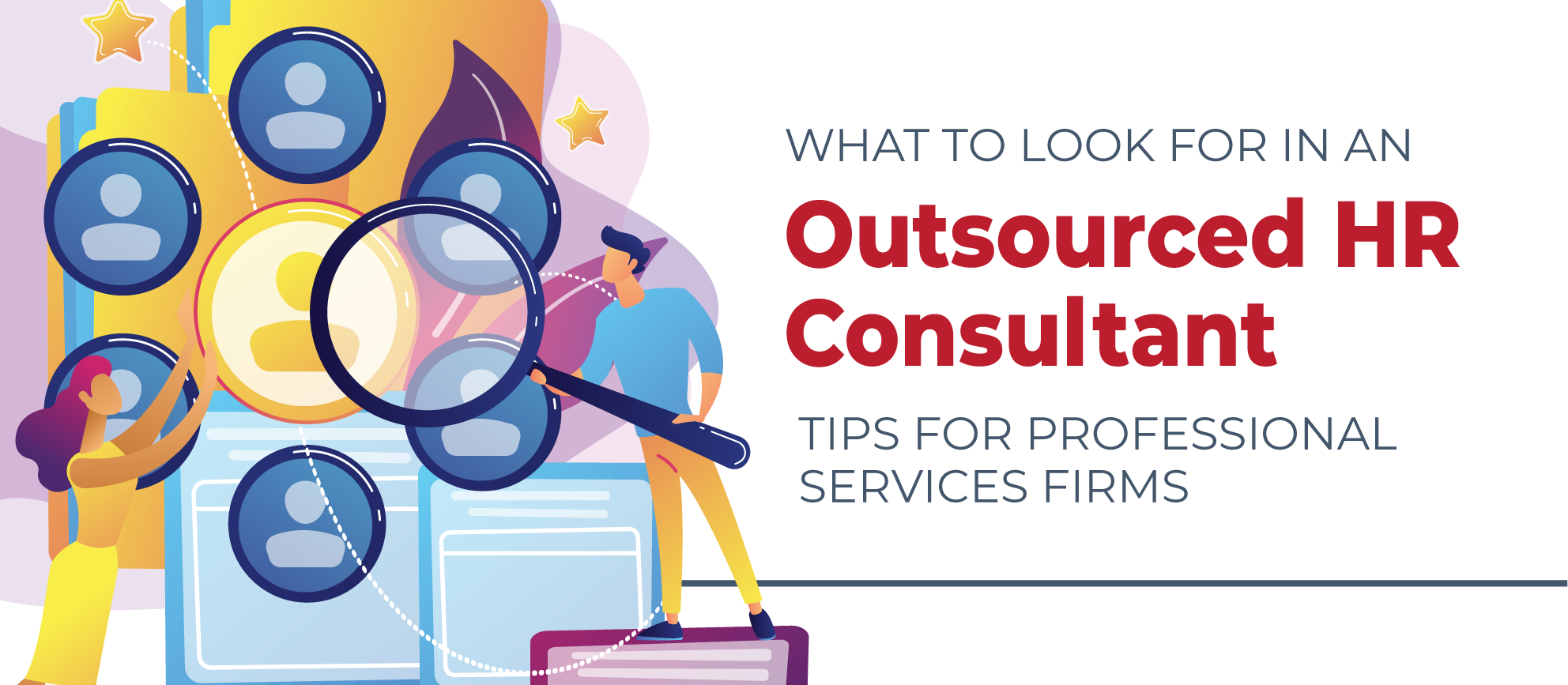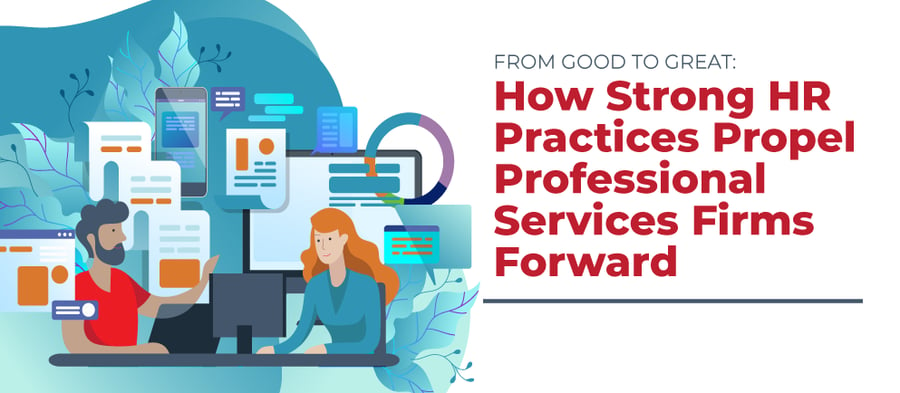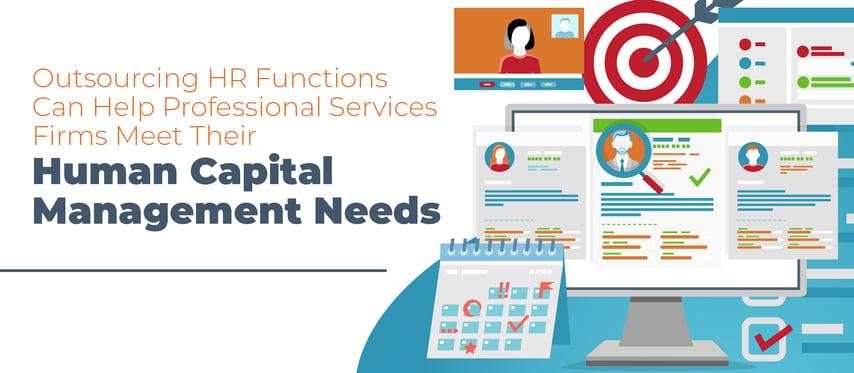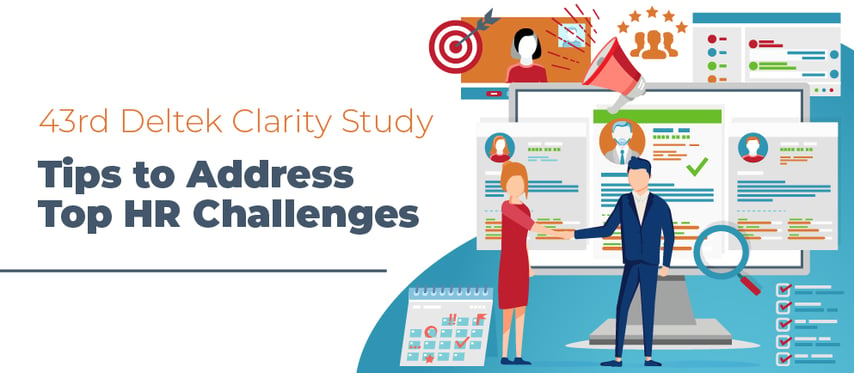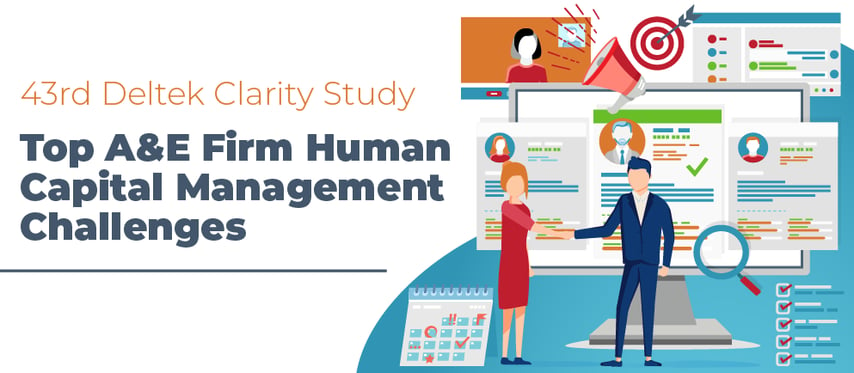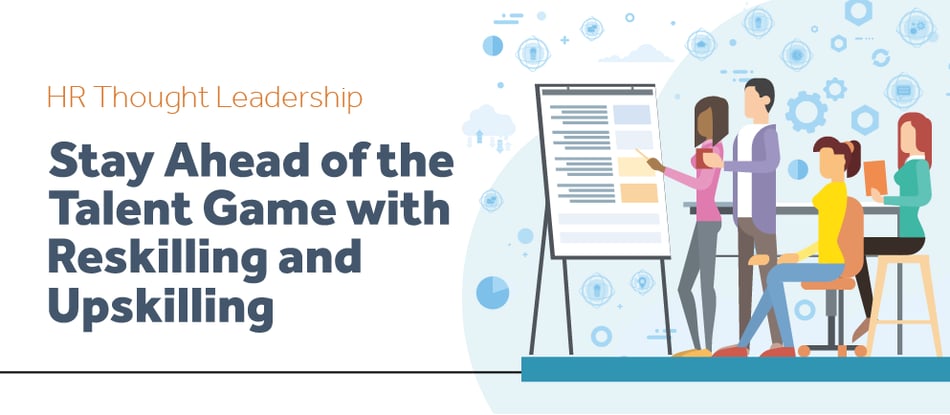Streamline Employee Data Management with the Blackbox Connector for Deltek Vantagepoint and ADP Workforce Now

Managing employee data across multiple systems can be a time-consuming and error-prone process for firms using Deltek Vantagepoint and ADP Workforce Now. The Blackbox Connector for ADP Workforce Now simplifies this challenge by seamlessly syncing employee data between the two systems. Designed with efficiency and accuracy in mind, this connector ensures your firm maintains a single source of truth while reducing the manual effort required to manage employee records.
What Is the Blackbox Connector for ADP Workforce Now?
The Blackbox Connector is an API-based integration that connects Deltek Vantagepoint with ADP Workforce Now. This pre-built connector automates the flow of employee data between the two systems, eliminating the need for manual data entry and reducing the likelihood of errors.
As best practice, ADP serves as the system of initial input for employee data. When a new employee is onboarded in ADP, the connector triggers the creation of their employee record in Deltek Vantagepoint. All mapped fields—such as demographic details, orgs/departments, hire dates, pay rates, PTO, education, skills, and even custom fields—are automatically synced to the Deltek Vantagepoint Employees hub. This creates a streamlined process where the relevant data captured during onboarding in ADP flows seamlessly into Vantagepoint without duplication of effort.
Key Features of the ADP Vantagepoint Connector
- Automated New Hire Sync:
- Automatically provisions new employee records in Deltek Vantagepoint when new staff are added to ADP Workforce Now.
- Transfers all mapped fields without requiring manual data entry.
- Ongoing Data Synchronization:
- In addition to new hires, updates mapped fields for active/existing employees, ensuring any changes made in ADP (e.g., pay rate adjustments or organizational changes, PTO data, etc.) are reflected in Deltek.
- Enables a daily synchronization schedule, with an on-demand button available in Vantagepoint for immediate updates.
- Seamless Termination Updates:
- Syncs termination details from ADP to Vantagepoint, with timing logic and effective date configurations to manage the deactivation of employee records.
- Customizable Field Mapping:
- During setup, clients work with our team to map fields from ADP to Vantagepoint based on their specific needs.
- Supports a range of standard and custom fields for tailored integration.
- Operational Visibility:
- The Blackbox Connector platform provides real-time visibility into the connector’s operations, including successful API calls and workflows.
- Error logs allow clients to identify and address issues quickly, ensuring minimal disruption to operations.
Benefits of a Seamless Integration
- Eliminate Manual Data Entry: By automating data synchronization, firms reduce the time and effort required to manage employee records. This efficiency not only saves administrative hours but also allows HR and finance teams to focus on higher-value tasks.
- Ensure Data Accuracy: Manual data entry often introduces errors that can cause downstream issues in payroll, project assignments, and compliance reporting. The connector’s automated workflows minimize these risks, ensuring consistent and reliable data across both systems.
- Maintain a Single Source of Truth: With ADP Workforce Now as the primary input system of employee data, firms can rely on accurate, up-to-date information being reflected in Deltek Vantagepoint. This consistency enhances reporting, decision-making, and overall operational integrity.
- Support Scalability: Whether your firm is growing or adjusting to organizational changes, the connector’s customizable mappings and robust infrastructure ensure it scales with your needs.
See the ADP Vantagepoint Connector in Action
Curious to see how the Blackbox Connector for ADP Workforce Now can transform your employee data management? Click below for an overview of the solution. You’ll get a firsthand look at how this connector streamlines data synchronization, reduces manual effort, and enhances accuracy.





